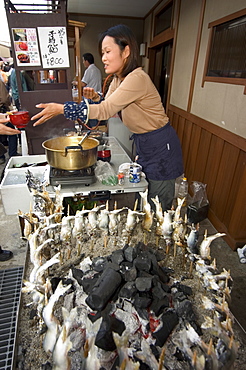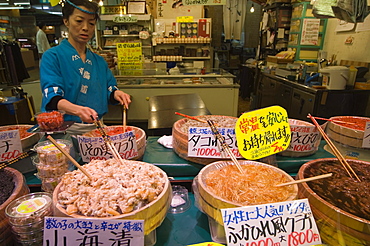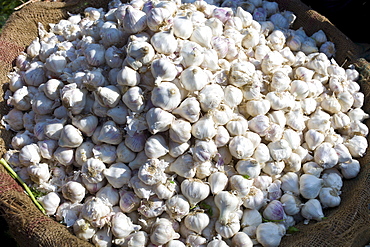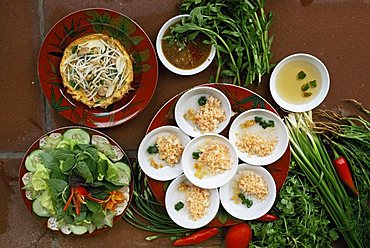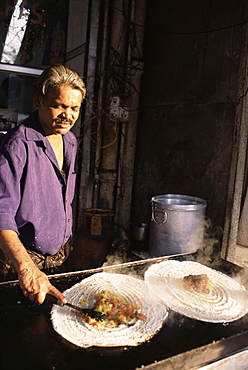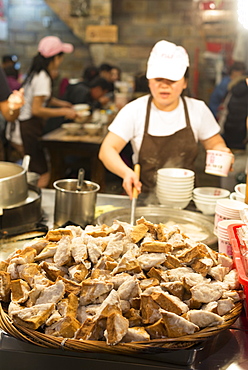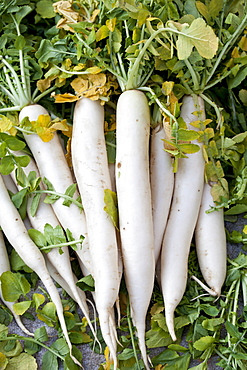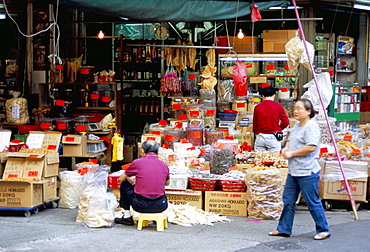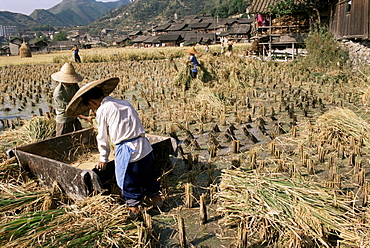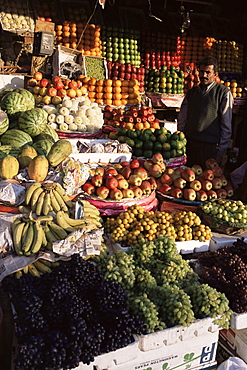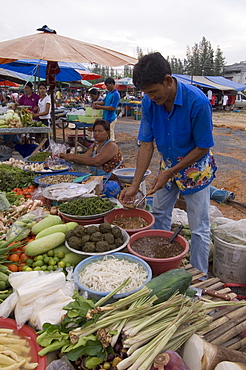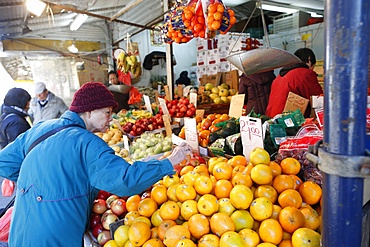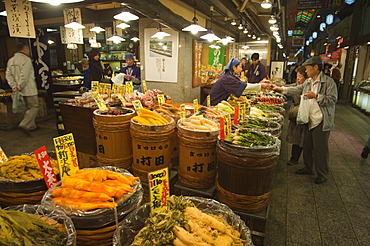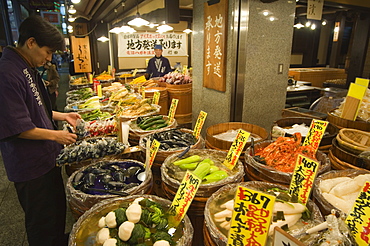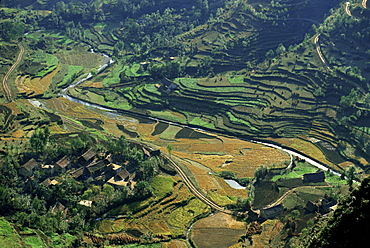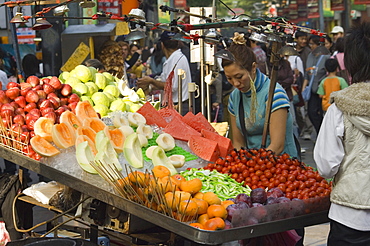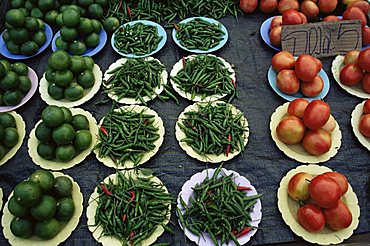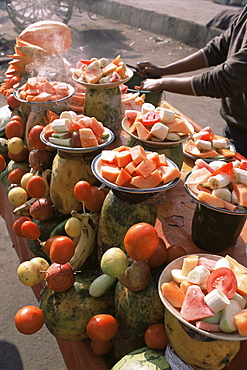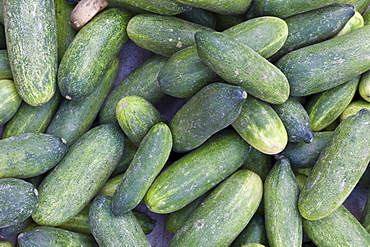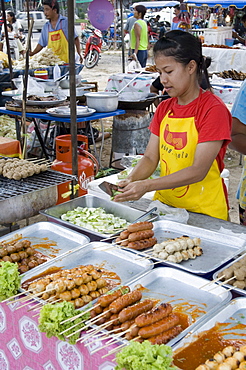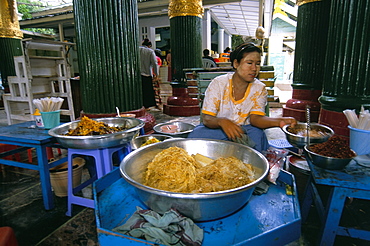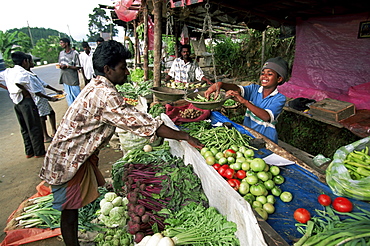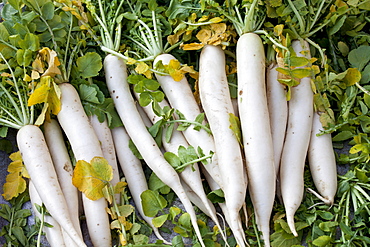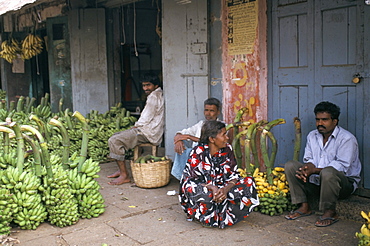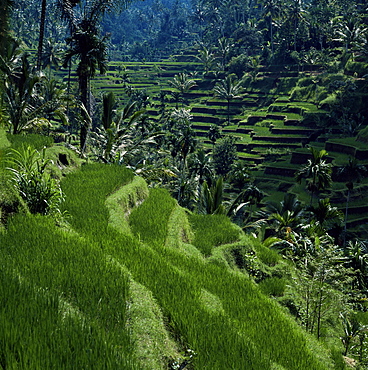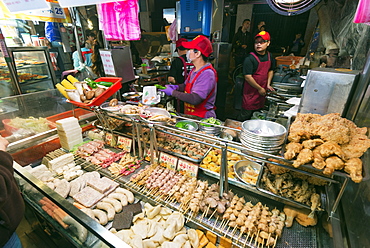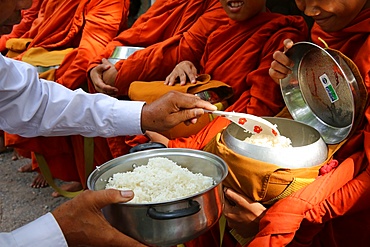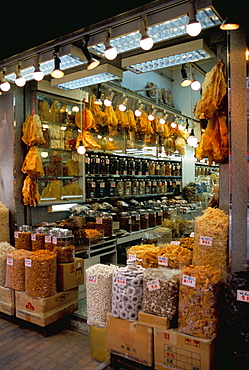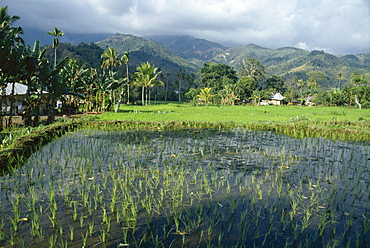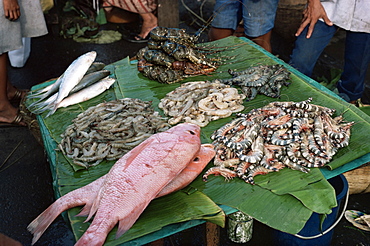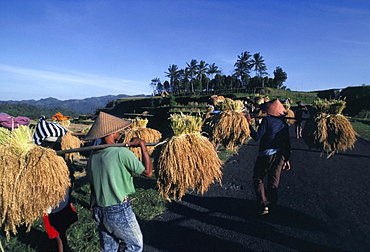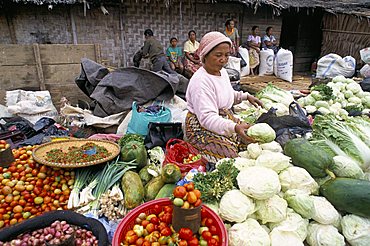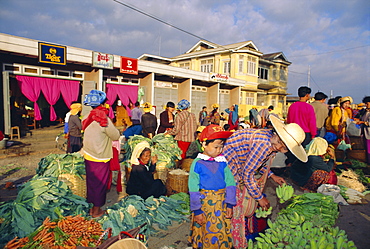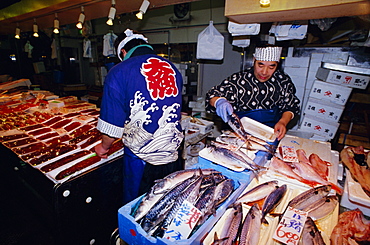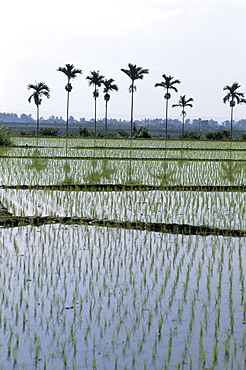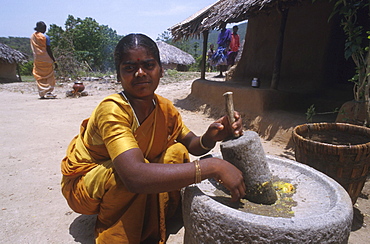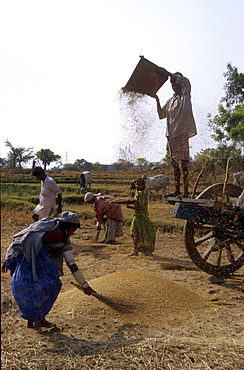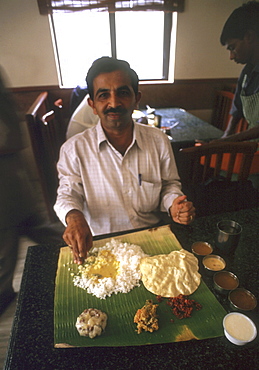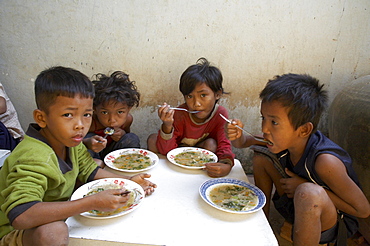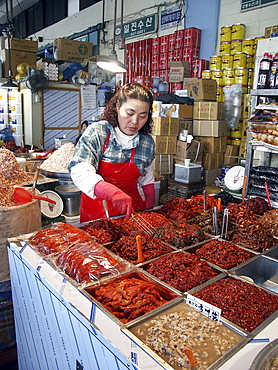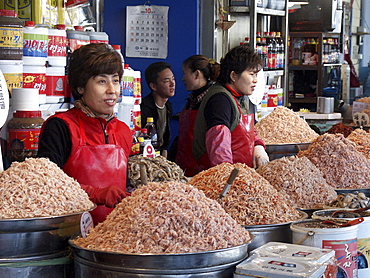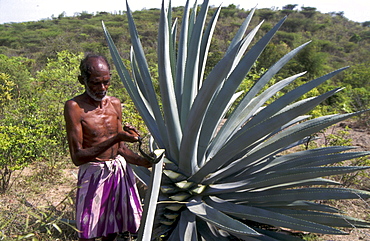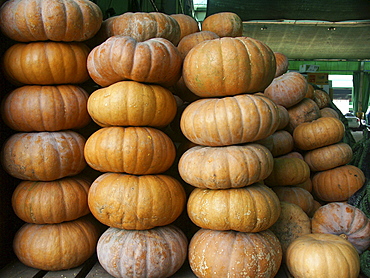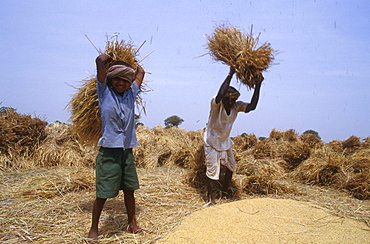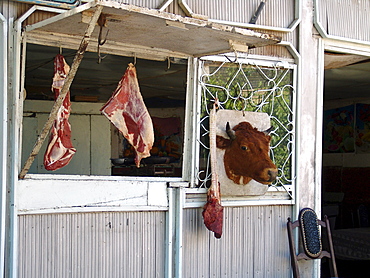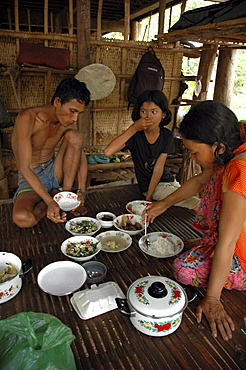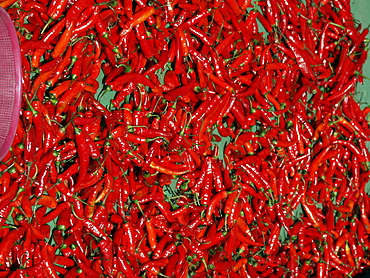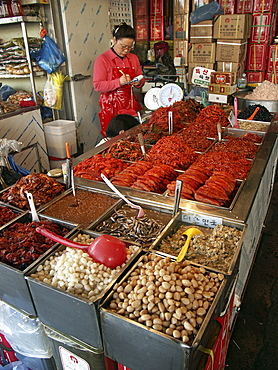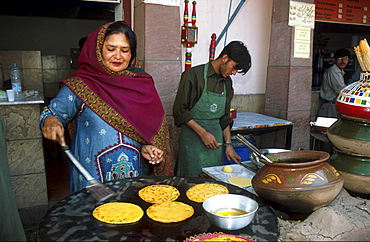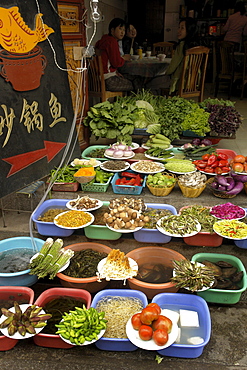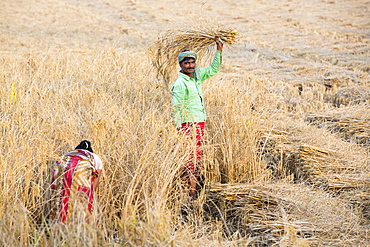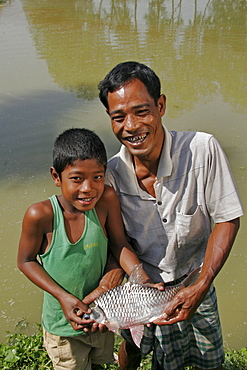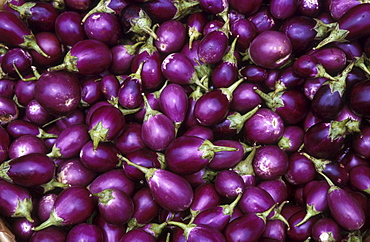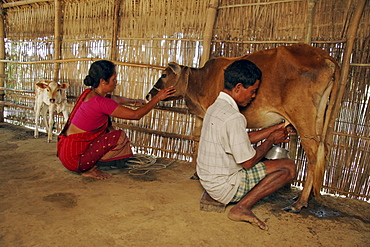Results
« Previous 1 … 5 6 7
623 results found
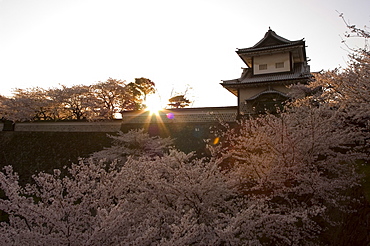
Sunset, cherry blossom, Kanazawa castle, Kanazawa city, Ishigawa prefecture, Honshu island, Japan, Asia
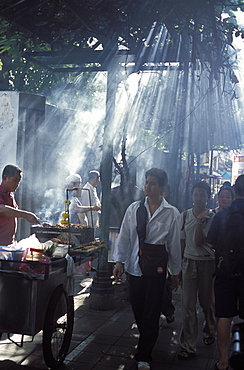
Street vendors selling grilled meat to passers-by on train platform, Bangkok, Southeast Asia, Thailand, Asia
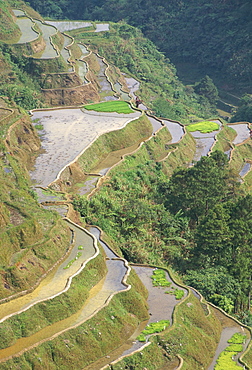
Banaue terraced rice fields, UNESCO World Heritage Site, northern area, island of Luzon, Philippines, Southeast Asia, Asia
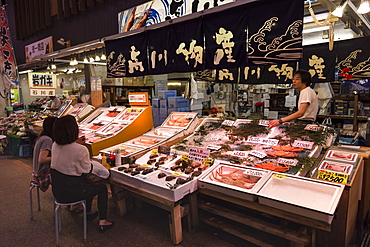
Diners sit and talk to seafood stall owner, Omicho fresh food market, network of covered stall lined streets, Kanazawa, Japan, Asia

Man selling cucumbers from wheel barrow in street near war damaged building, Central Kabul, Afghanistan, Asia
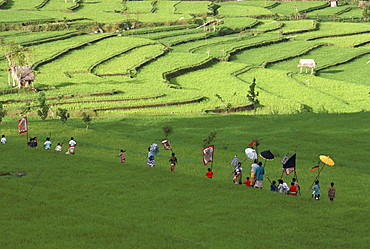
Procession through rice terraces ner Tenganan, eastern region, island of Bali, Indonesia, Southeast Asia, Asia
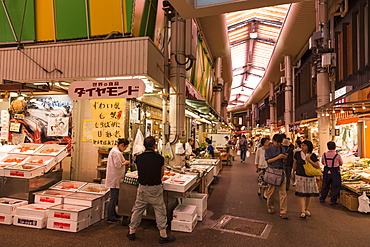
Shoppers at Omicho fresh food market, busy and colourful network of covered streets lined by stalls, Kanazawa, Japan, Asia
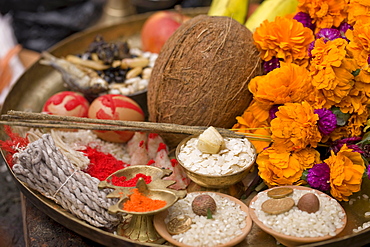
A brass plate full of offerings to God. Coconut, dried fish, black soya beans, duck eggs, oiled wicks, colour powder, bitten rice, betel nut, hand made rice paper incense, unhusked rice and flowers. Brahmayani Temple, Bhaktapur, Nepal
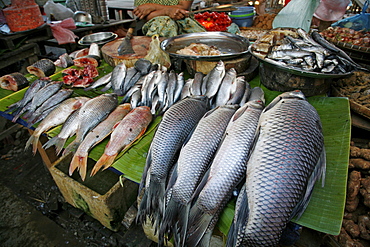
Myanmar fish sale in market at myitkyina, a largely kachin community in north burma near chinese border
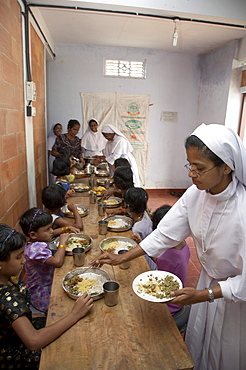
India. Sister bincy joseph aruviyil serving, during mealtime at the mary matha bala bhavan, a girls orphanage run by syro-malabar catholic missionary sisters of mary immaculate (msmi), chamal village, thamarassery diocese, khozikode, kerala. 2007

CAMBODIA Sovat Komsonath (29) fishing in the Sekong River, Ban Bung village, Stung Treng district. In this image he is casting his net
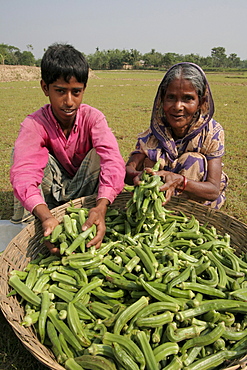
Bangladesh ajizul hoque and his grandmother shahera khatun with their harvest of okra, or ladies fingers kumargati village, mymensingh region
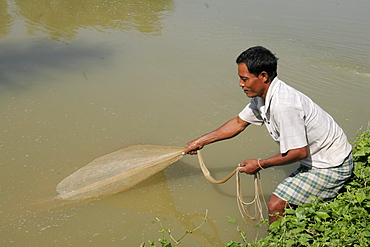
Bangladesh farid pathang using a net to catch fish from his pond, garo tribal minority, haluaghat, mymensingh region
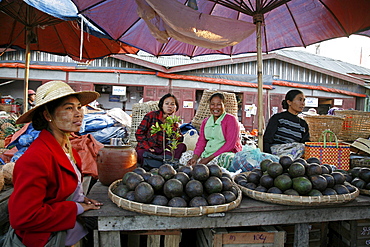
Myanmar avocado seller in market at myitkyina, a largely kachin community in north burma near chinese border
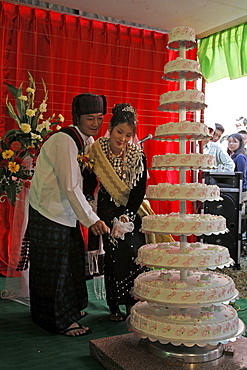
Myanmar bride groom cutting cake, catholic wedding of tribal kachins at myitkyina, a largely kachin community in north burma near chinese border
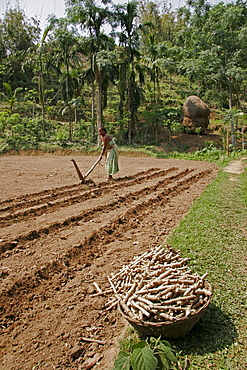
Bangladesh farmer of koch tribal minority preparing a field for planting cassava, nalitabari, mymensingh region
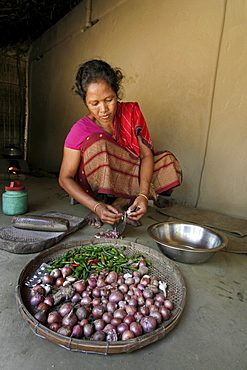
Bangladesh alpona ritchil, a woman of the garo tribal minority chops onions and garlic, ready for cooking, haluaghat, mymensingh region
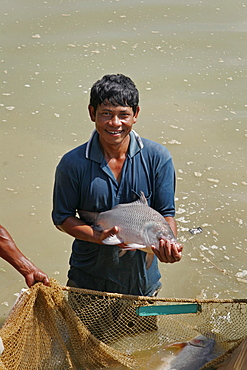
Bangladesh fish caught at a fish hatchery employing scientific methods at haluaghat, mymensingh region
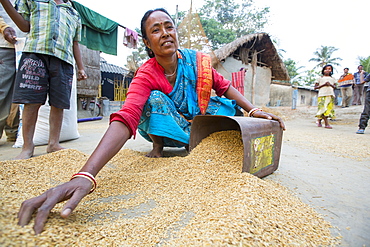
Villagers in a remote subsistence farming village on an island in the Sunderbans, the Ganges Delta in Eastern India that is very vulnerable to sea level rise, gather in the rice crop after drying.
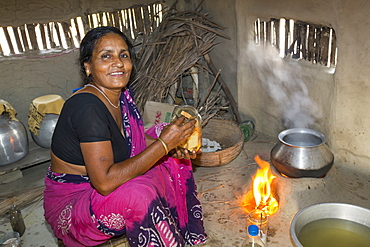
A villager woman in a remote subsistence farming village on an island in the Sunderbans, the Ganges Delta in Eastern India that is very vulnerable to sea level rise. She is cooking on a traditional clay oven, fuelled by biofuel (rice stalks), low carbon cooking.
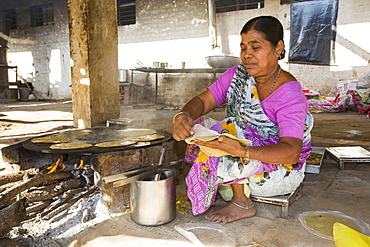
The Muni Seva Ashram in Goraj, near Vadodara, India, is a tranquil haven of humanitarian care. The Ashram is hugely sustainable, next year it will be completely carbon neutral. Its first solar panels were installed in 1984, long before climate change was on anyones agenda. Their energy is provided from solar panels, and wood grown on the estate. Waste food and animal manure is turned inot biogas to run the estates cars and also used for cooking. Solar cookers are also used, and the air conditioning for the hospital is solar run. 70 % of the food used is grown on the estate. They provide an orphanage, schools for all ages, vocational training, care for the elderly, a specialist cancer hospital withstate of the art machinary, and even have a solar crematorium. This shot shows a cook preparing chapatis on a biofuel stove.

The Muni Seva Ashram in Goraj, near Vadodara, India, is a tranquil haven of humanitarian care. The Ashram is hugely sustainable, next year it will be completely carbon neutral. Its first solar panels were installed in 1984, long before climate change was on anyones agenda. Their energy is provided from solar panels, and wood grown on the estate. Waste food and animal manure is turned inot biogas to run the estates cars and also used for cooking. Solar cookers are also used, and the air conditioning for the hospital is solar run. 70 % of the food used is grown on the estate. They provide an orphanage, schools for all ages, vocational training, care for the elderly, a specialist cancer hospital withstate of the art machinary, and even have a solar crematorium. This shot shows solar panels that focus the suns rays on heat exchangers to boil oil, which is then sent down to the kitchens below to heat the cookers.
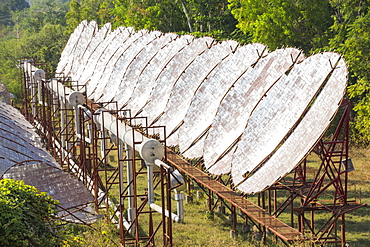
The Muni Seva Ashram in Goraj, near Vadodara, India, is a tranquil haven of humanitarian care. The Ashram is hugely sustainable, next year it will be completely carbon neutral. Its first solar panels were installed in 1984, long before climate change was on anyones agenda. Their energy is provided from solar panels, and wood grown on the estate. Waste food and animal manure is turned inot biogas to run the estates cars and also used for cooking. Solar cookers are also used, and the air conditioning for the hospital is solar run. 70 % of the food used is grown on the estate. They provide an orphanage, schools for all ages, vocational training, care for the elderly, a specialist cancer hospital withstate of the art machinary, and even have a solar crematorium. This shot shows the solar air conditioning for the Ashram's hospital.
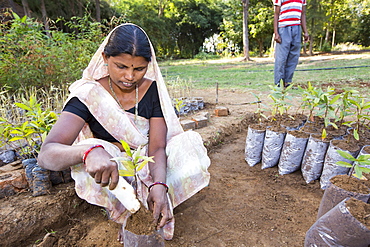
The Muni Seva Ashram in Goraj, near Vadodara, India, is a tranquil haven of humanitarian care. The Ashram is hugely sustainable, next year it will be completely carbon neutral. Its first solar panels were installed in 1984, long before climate change was on anyones agenda. Their energy is provided from solar panels, and wood grown on the estate. Waste food and animal manure is turned inot biogas to run the estates cars and also used for cooking. Solar cookers are also used, and the air conditioning for the hospital is solar run. 70 % of the food used is grown on the estate. They provide an orphanage, schools for all ages, vocational training, care for the elderly, a specialist cancer hospital withstate of the art machinary, and even have a solar crematorium. This shot shows a woman planting trees for onward growth in the Ashrams forests.

The Muni Seva Ashram in Goraj, near Vadodara, India, is a tranquil haven of humanitarian care. The Ashram is hugely sustainable, next year it will be completely carbon neutral. Its first solar panels were installed in 1984, long before climate change was on anyones agenda. Their energy is provided from solar panels, and wood grown on the estate. Waste food and animal manure is turned inot biogas to run the estates cars and also used for cooking. Solar cookers are also used, and the air conditioning for the hospital is solar run. 70 % of the food used is grown on the estate. They provide an orphanage, schools for all ages, vocational training, care for the elderly, a specialist cancer hospital withstate of the art machinary, and even have a solar crematorium. This shot shows the girls school.

Bangladesh alpona ritchil and husband farid pathang of the garo tribal minority weeding their vegetable garden, haluaghat, mymensingh region
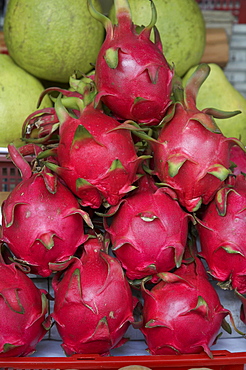
Vietnam saigon fruit market. dragon fruit other names: strawberry pear, pitaya botanical name: hylocereus undatus
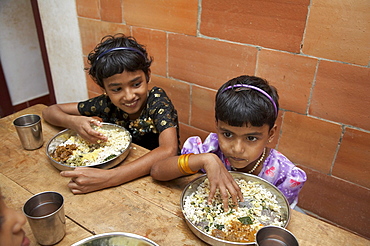
India. Mealtime at the mary matha bala bhavan, a girls orphanage run by syro-malabar catholic missionary sisters of mary immaculate (msmi), chamal village, thamarassery diocese, khozikode, kerala. 2007
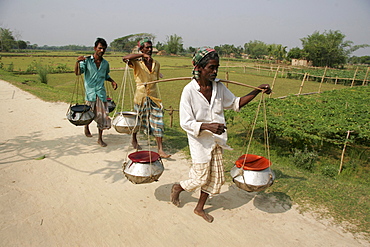
Bangladesh farmers carrying fish fingerlings from a nearby hatchery to the ponds on their farm, kumargati village, mymensingh region
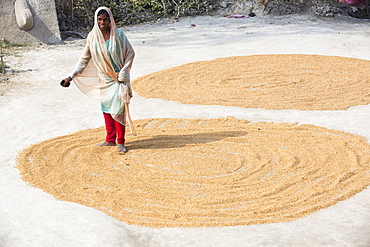
A woman drying her rice crop in the Sunderbans, Ganges, Delta, India, the area is very low lying and vulnerable to sea level rise.
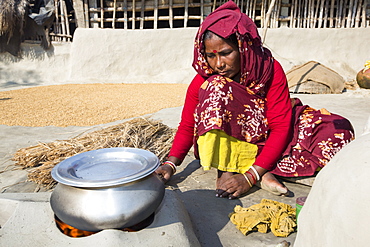
A woman subsistence farmer cooking on a traditional clay oven, using rice stalks as biofuel in the Sunderbans, Ganges, Delta, India. the area is very low lying and vulnerable to sea level rise. All parts of the rice crop are used, and the villagers life is very self sufficient, with a tiny carbon footprint.
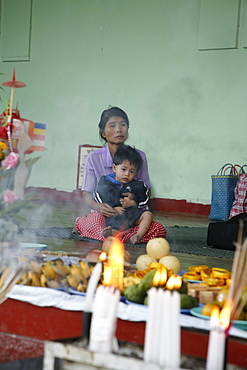
Myanmar shwedagon paya (pagoda), yangon (rangoon), general view of 98 m high stupa, puting offerings of food flowers on shrines
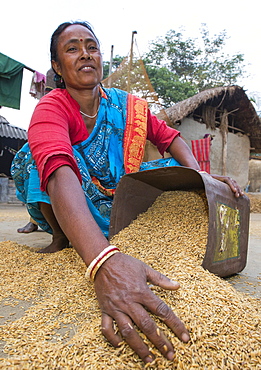
Villagers in a remote subsistence farming village on an island in the Sunderbans, the Ganges Delta in Eastern India that is very vulnerable to sea level rise, gather in the rice crop after drying.
